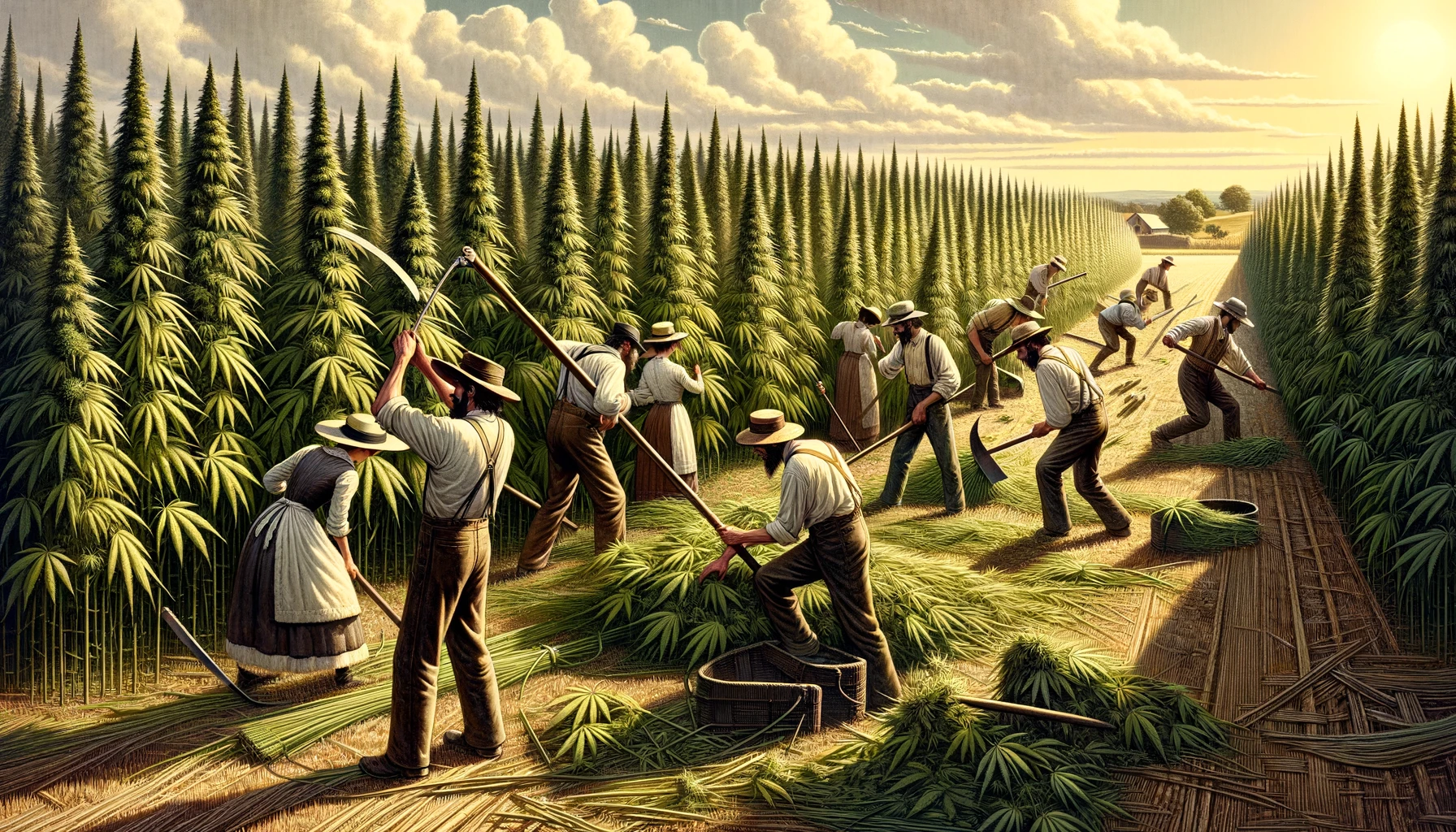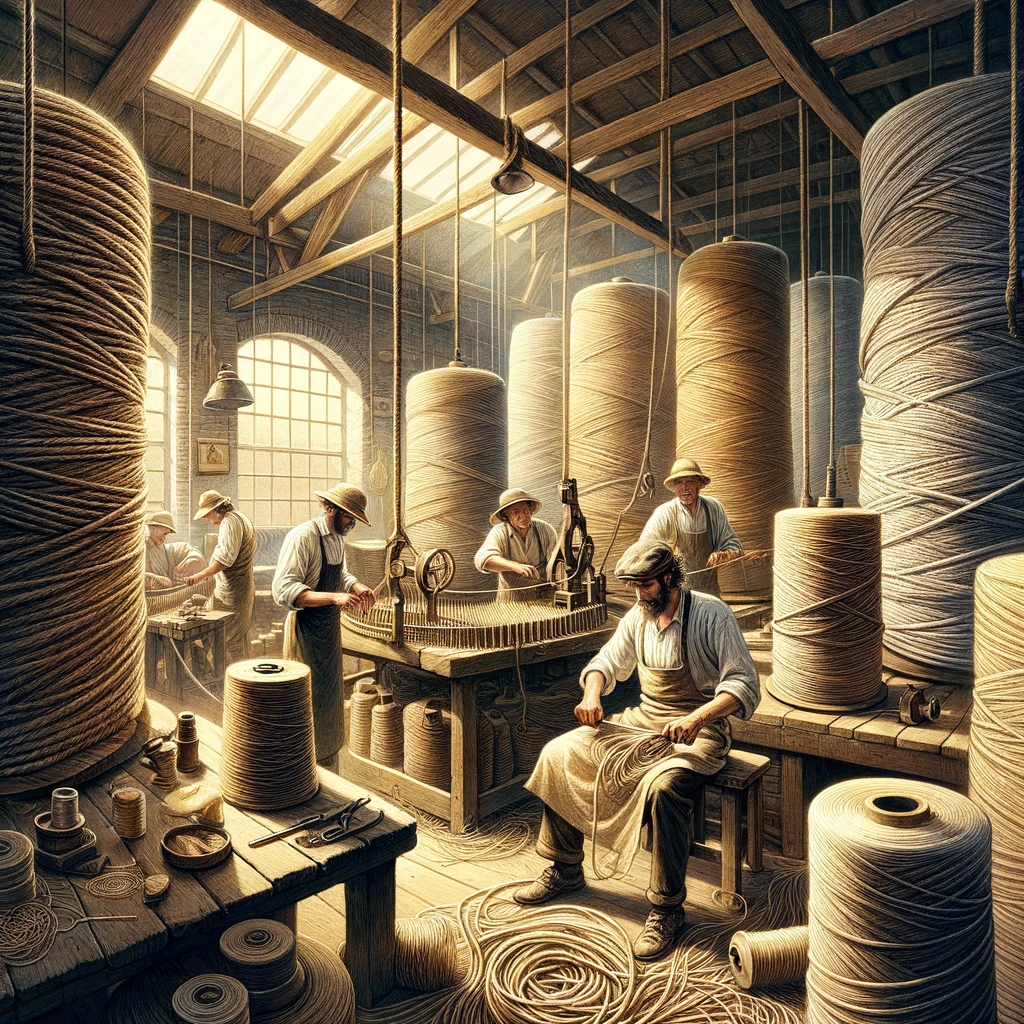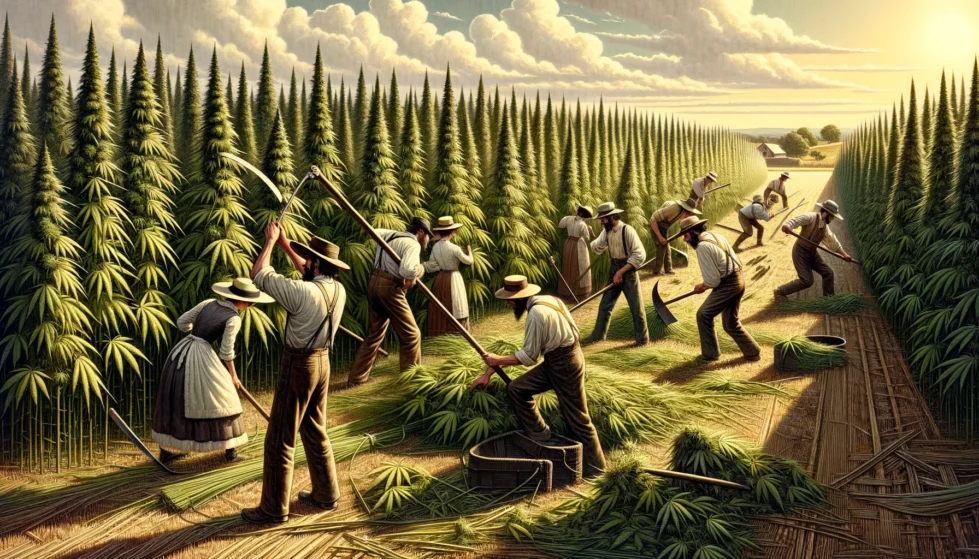What is Hemp?
Hemp, a variant of the Cannabis sativa plant, is primarily cultivated for its applications in textiles and a multitude of manufacturing processes. Characterized by its low THC content, the plant is predominantly composed of the stalk. A standout feature of industrial hemp is its unparalleled versatility, offering significant advantages over traditional fiber sources and trees in terms of utility and environmental sustainability.

The Rebirth of Hemp
Recently there has been new found interest in this amazing plant. So, that leads to the question, “What is hemp?” Hemp is the general term used for an array of plants in the Cannabis genus family.
This valuable and resourceful plant has cultivation of its seeds, fibers, resin, oil, cloth, wax and fuel. Hemp essentially refers to the non-drug industrial variant of the plant.
It can be used to make a variety of interesting things such as textiles and even fuel such as using hemp for energy. Remember that cannabis grows almost anywhere.
The Cannabis family has a number of different strains. It is mainly infamous due to its association with marijuana.
So, again, “What is hemp?” It includes every variety that contains barely traceable amounts of THC. THC is in the family of cannabinoids which is the chemical that provides the psychoactive effect from the use of marijuana.
Unfortunately, this fact has linked hemp with marijuana by people for years causing it to be banned by some countries.
Consequently, a number of countries have produced varieties of hemp that are not in the cannabinoids group and do not have the THC element.
This plant and its seeds have been utilized for many thousands of years by a variety of cultures as a dietary supplement due to its traditional medicinal effects.
It is a plant matter that is a complete protein and has medical uses. Meaning, it includes each of the 8 fundamental amino acids that the body is incapable of producing naturally.
These amino acids are required for a huge number of processes that take place internally. Yet, this factor is just one of the several qualities that make the seeds a positive addition to any particular diet and lifestyle. This product is good for medical uses and your overall health.

Hemp for Health
The seeds are another great product of the plant. It has high levels of calcium, Zinc, magnesium, iron, phosphorous, and fiber. Furthermore, the seed has a total of 21 amino acids making it an absolute complete protein. They have the capacity to:
• improve heart health
• build muscle mass
• motivate good digestion
• eradicate insomnia
• treat anemia
• support weight loss
• fuel metabolic activity
• prevent a variety of cancers
• improve the immune system
• reduce menopause and menstruation symptoms
• boost healthy hair and skin
• build stronger bones
• balance body hormonal levels
In addition, it contains a hefty amount of edible oils and an array of vital fats in the body, including gamma linoleic acid, which is a rare and exceptional form of omega-6 called GLA. Hemp is an undervalued source that has a wide range of health and environmental benefits.
Industrial Uses
China has had a very long history with this fiber of many uses. It currently has a $200M industry based upon hemp textiles. Europe is also taking note and utilizing the plant more for its industrial capabilities. Using hemp for energy has been effectively used for several years to produce bioethanol and biodiesel which is a lot more friendlier on the environment that producing corn, sugar beet, or palm oil.
This plant can thrive in virtually any mild to hot climate so places it can grow are abundant. The plant leaves the soil in a healthier condition than originally found. Canada’s hemp commerce has exploded in the previous decade with a continuous demand.

They have seen sustained growth of 20% annually. The majority of this revenue is derived from the United States due to its ban on the plant.
Hempfiber for paper is another remarkable product that can be produced from the plant. Hemp was commonly used throughout the world back in the 1800s. Production and trade transactions were prohibited by the early 1900s.
Hemp paper products can be produced from the hurd of hemp plants’ which is the long bast fiber or from the pulp of the short bast fiber. Hemp paper, to a great extent, is more environmentally friendly than paper produced from trees. It is also more sustainable due to hemp can be created much faster than trees.
The first paper produced in the world was created from this versatile plant. The chemical masterpiece of hemp hurds is comparable to that in wood. This makes it a really good alternative as a raw material for paper manufacturing.
The hemp plant is better suited for paper making due to its cellulose content is higher and lignin content is lower than trees. Hemp paper produces a better quality product than wood.
These attributes make this type of pulp a much better option for making paper than wood pulp. Pulp paper is not as strong, but is easier to make than hempfiber. It is a thicker, softer paper and perfect for most daily uses. With the addition of long hemp fibers, the highest quality of paper can be produced.
This versatile plant actually grows in many places around the world. It is an exceptionally resilient plant and has the capability of growing in a diverse array of environmental conditions.
A broad range of useful products can be produced from this amazing plant. It is a very lucrative industry in some countries.

